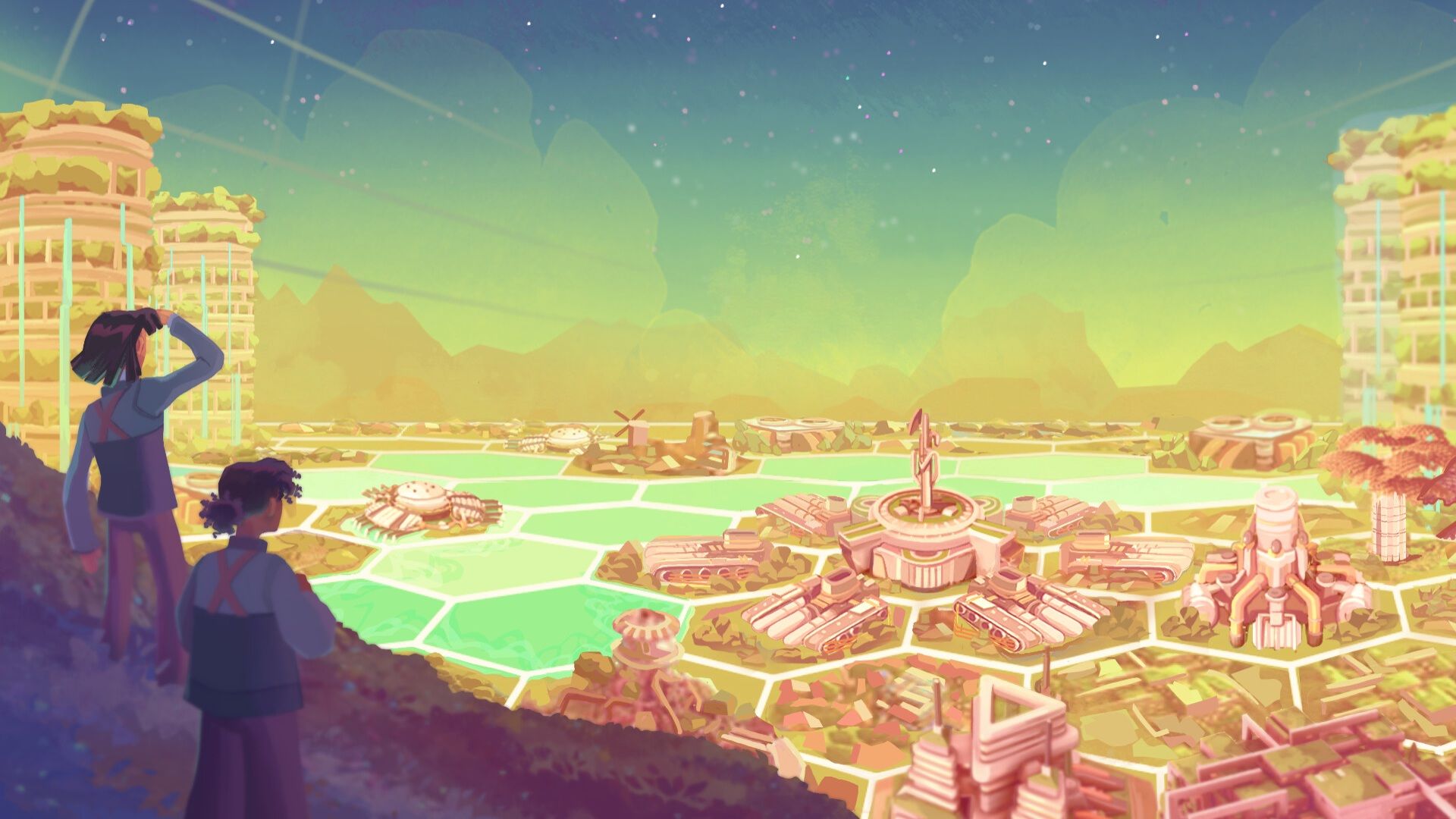Copyright pcgamer

Generation Exile, a city builder which just released on Steam in early access, has a killer plot: Earth is dead or dying, ruined first by ecological collapse and finished off by the gruesome genetically engineered things we thought would fix it. A colony ship is set to undertake the multi-hundred-years journey to a new world orbiting a new star, and the ship's huge compartments hold microcosms of Earth's biomes to feed the crew and repopulate the new world. The only problem is that the engineered life forms, the Scale, have somehow made it on to the ship and now everything has gone very, very wrong. You and your people have hidden in the maintenance tunnels, but now the monstrosity is colonizing them too, so you've got to go into the biomes and build yourselves sustainable communities from the wreckage there—a landscape now populated by weird mutants that the Scale left in its wake. How will you do that? By eating a lot of crickets, apparently. Like. So many crickets. Yes, that's right, folks. Cricket mush is nutritious. It's packed with protein, fat, fiber, and probably lots of other things I didn't learn from a tooltip. So that's your first food source when you hit the surface for the first time: Cricket farms. Meals of cricket mush and unfiltered groundwater straight from a well pump. Generation Exile cribs its gameplay from the smart kind of board games, combining simple mechanics into a more complex whole. The basic gameplay is pretty much from the tile placement genre: You have a set of buildings that cost various resources and require some kind of upkeep afterward—a water treatment plant might take prefab panels to build but needs technicians and filters to keep running. The trick is that structures, once you put them up, don't just vanish: Their deconstructed remains have to get hauled away. You need storage for all that mess—and mess your humans make—lest it further contaminate the already-unbalanced environment. So every placement is something you've got to consider, plan, and think ahead on. Do you want that habitat there in 20 turns? Will it still be in distribution range once you upgrade to proper farm-raised foods from your cricket plant? Maybe not, if you're me, because you didn't quite plan ahead. Maybe those guys just eat crickets now. Those are the cricket-eating guys and they work at the soil decontaminator and the salvage yard. "The human body is equivalent in mass to 50,000 crickets!" a loading screen tip cheerfully tells me. It's a bit of gameplay almost hilariously at odds with the otherwise-hopeful themes of Generation Exile, whose randomly generated characters run the gamut of weird people who had the political clout and/or skills to get on the ship. You've got experienced environmental engineers on one hand, and former pop stars on the other. Either way you've got to make them work together. Each turn of the game you assign your team to tasks: Build this structure, haul that wreckage, upgrade that housing. The further from the central hub of each sector it is, the more dangerous the area is, so you want to assign people with relevant skills to keep the overall risk of something going wrong low. Anyone can assemble a new water tank in the safe grassland near the center. You should probably send the trained engineers to do it out where there are poisonous vines with sap that burns you. Figuring out how to optimally use your team and the resources available to you is such a key part of Generation Exile that it smacks of another board game genre—resource management. Any choice you make takes some of your limited pool, and figuring out what to build and in what order both fits the game rules and the sustainability theme. Overbuild and you'll probably regret it as you scramble to support the new stuff you've put down from your limited resources. Keeping up the flow of stuff to support your operations draws from yet another genre: the engine builder. You need to clear out excess nitrates from the water to then purify the water to then water your crops to feed your people. Each of those steps needs a building, which itself may need a support structure or two. But now you've got an interlocking system that creates purified water output and crops you can feed into other production chains. The sustainability angle serves as pushback on you there, though. Your little systems produce waste products you might not know how to properly dispose of—so you just have to store them. Those piles of human waste and bio-organic goop. There's only so much space to store it in, and resources to build safe storage from, so your efforts in any given biome are on a time limit. All of this is to say that I figured out just feeding people crickets was way, way more effective than feeding them real food, at least in the scenarios that I got through during the early access release of Generation Exile. Turns out, crickets are the low-water, low impact way to keep the human machine rolling onward. Sure, that means your sustainability score is a bit lower than it could be, which means that bad events are more likely to happen between turns… but I got by just fine. After all, if we're board gaming, why shouldn't you Push Your Luck?



